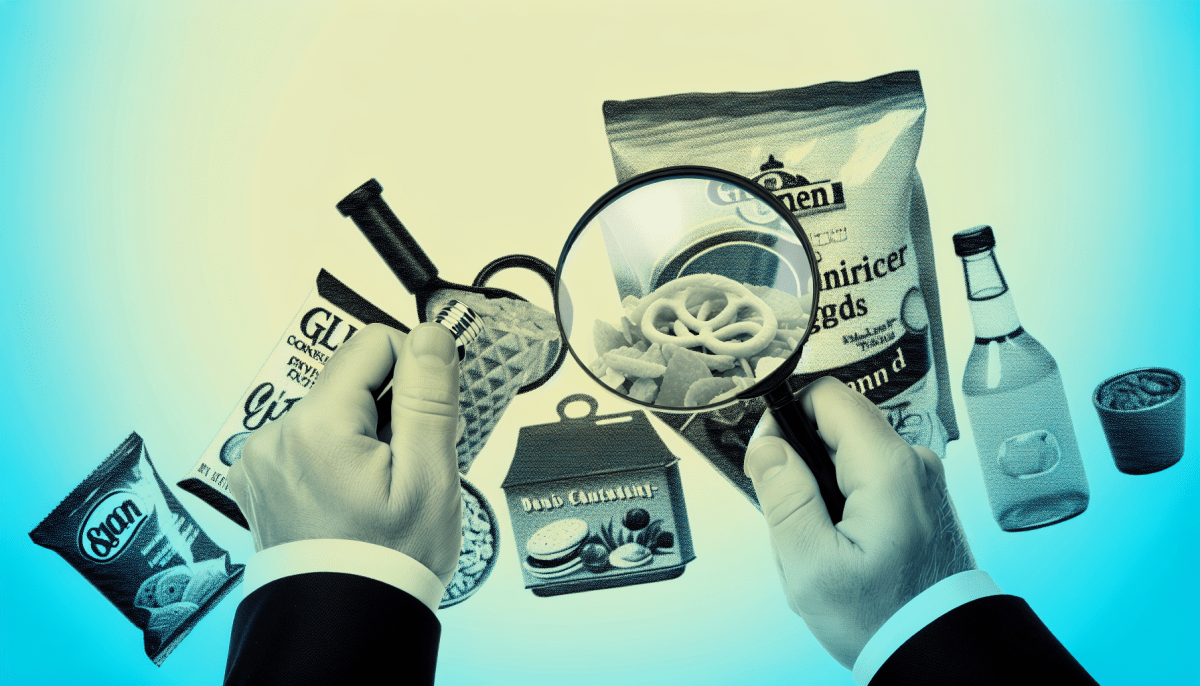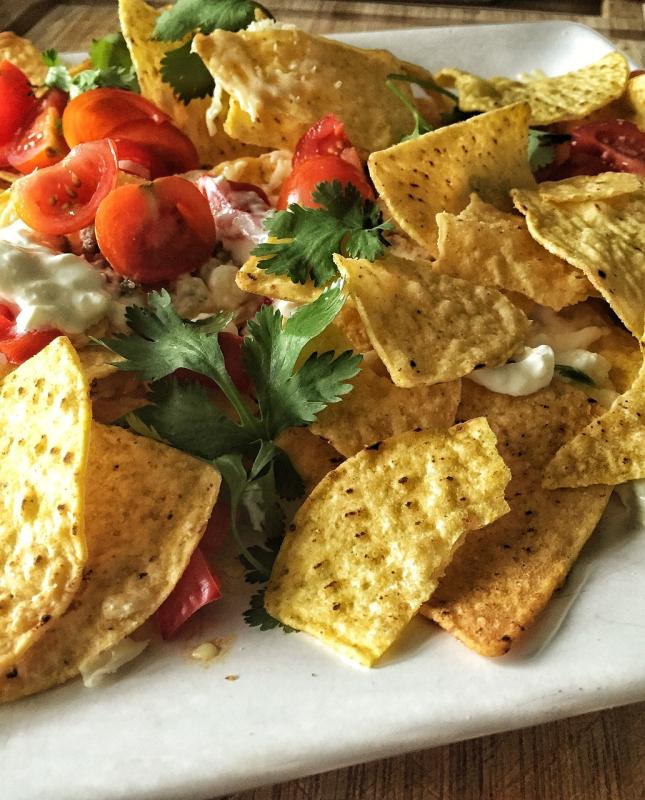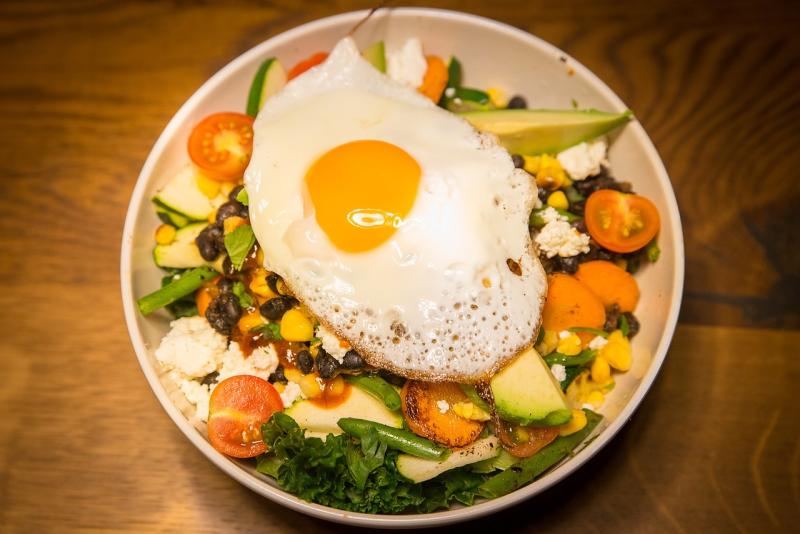Gluten is a group of proteins found mainly in wheat, barley, and rye. If you’ve ever had bread or pasta, you've encountered gluten! For many, gluten is perfectly fine, but for those with celiac disease or gluten sensitivity, it can cause a range of uncomfortable symptoms. Knowing what it is helps you make better choices when it comes to food.
Gluten isn’t just in obvious things like bread or pasta. It can sneak into so many processed foods. Here are some common sources:
Always check labels when buying packaged foods. Look for terms like “wheat,” “barley,” and “rye” in the ingredient list. Even if you’re not gluten-sensitive, it’s good to be informed, as gluten can impact digestion for some people. Nowadays, many brands offer gluten-free options, so you have plenty of choices to satisfy your cravings without the gluten hassle!
Common Processed Foods to Avoid
When you're trying to dodge gluten, it’s not just about skipping bread and pasta. Processed foods can be sneaky, hiding gluten in places you might not expect. Here are some common items that often contain gluten, so keep an eye out!
Being aware of these common processed foods is a key part of managing your gluten intake. Whenever you shop, just take a moment to read those labels—your tummy will thank you later!
Reading Labels Like a Pro
Reading labels can feel a bit like deciphering a secret code, especially if you're trying to avoid gluten. But don’t worry, I’m here to help you navigate those tricky ingredient lists with ease!
First off, always look for the “gluten-free” label. This is your golden ticket! In the U.S., products labeled gluten-free have to meet strict guidelines, meaning they contain less than 20 parts per million of gluten. So, if you see this label, you can feel confident about your choice.
Next, keep an eye out for common gluten sources on the label. Ingredients like wheat, barley, rye, malt, and anything with hydrolyzed wheat protein hide gluten like pro ninjas! If you see these, it's best to steer clear. Also, watch out for phrases like “contains wheat”—that’s a big red flag.
Lastly, even if something looks safe at first glance, make sure to check the cross-contamination warnings. These are often listed as “may contain traces of gluten” or “processed in a facility that handles wheat.” If you’re highly sensitive to gluten, it's wise to skip those products.
With these tips, you’ll be reading labels like a pro in no time! Just remember, taking a moment to analyze can save you a headache later on.
Safe Alternatives for Gluten-Free Living
Living gluten-free doesn't have to be a daunting task, especially when you know your options! There are plenty of safe alternatives that can make your meals delicious without a gluten concern. Here are some easy swaps to consider:
When shopping, always check labels. Many companies are making gluten-free versions of popular snacks and meals, so you have plenty of choices. Just look for certifications that say “gluten-free” to ensure safety.
Cooking at home? Enjoy experimenting with basic recipes using these ingredients. Gluten-free living can open doors to exciting new dishes and flavors you might not have tried before!



